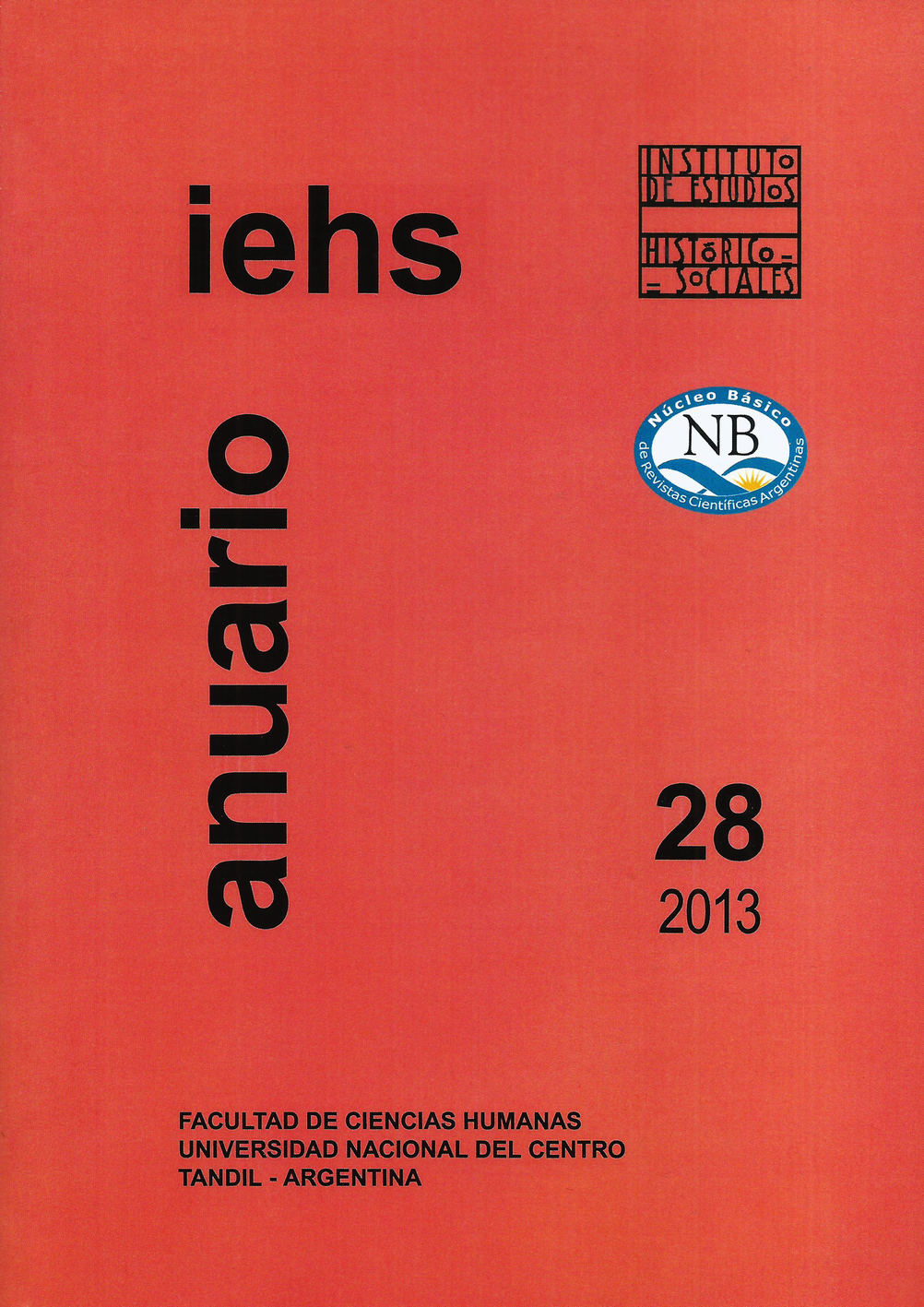Las tendencias peronistas en la federación de la carne: prácticas gremiales y proyecciones políticas, 1946 – 1955
Keywords:
Meat Workers Federation, Labor Movement, Peronism, Trade Union TendenciesAbstract
Since the origins of Peronism, the meat trade union was linked mainly to the new mass movement. Syndicalist and anarcho syndicalist traditions, an emergent laborism, and a peronist CGT supported the government elected in February 1946. However, in this decision, each tendency also defined a particular organizational and political union model that encouraged different associative practices within the meat federation and the peronist worker movement in meat chambers. Therefore, it will be our interest to know the different perspectives with which the above mentioned tendencies developed their militancy. In this sense, we will pay special attention to organizational models, different types of trade union militancies, several political practices, as well as diverse perceptions about the kind of relationship that trade unionism should establish with both government and state. The confluence on a common political program and Perón ́s unifying leadership could delete neither the different projections within Peronism nor the quarrels to impose their own interests and positions. Thus, understanding Peronism demands shredding this conflict, historizing its evolution, analyzing the features and possibilities of the different perspectives within determined contexts. Due to the fact that the great majority of meat workers supported Peronism, the study of their internal subdivisions introduces us into the issue of workers ́ formulations about Peronism, their specific articulations and its historical resolution.
References
.
Downloads
Published
Issue
Section
License
Copyright (c) 2024 Anuario IEHS

This work is licensed under a Creative Commons Attribution-NonCommercial 4.0 International License.



